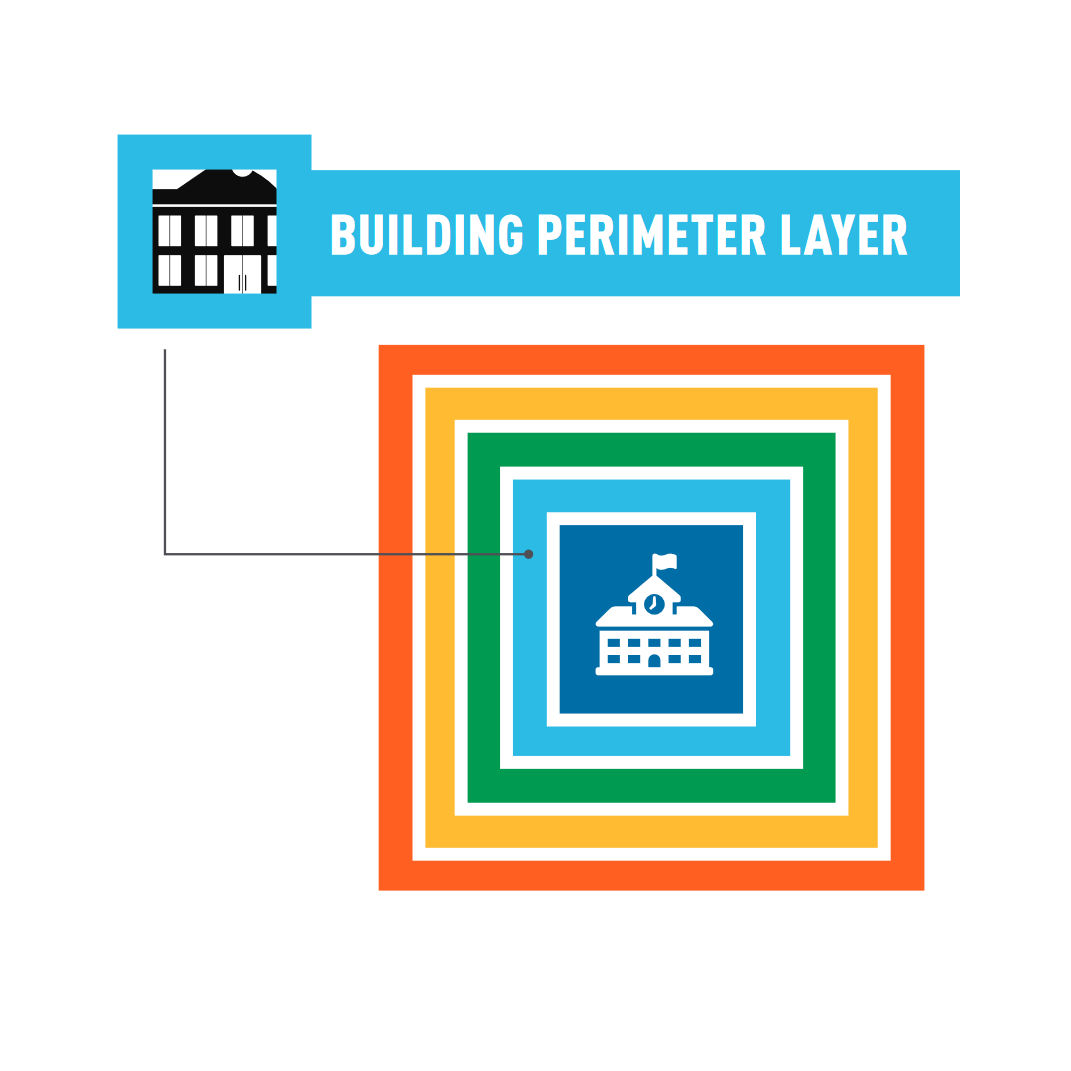 As I wrote in yesterday’s post, this week I will be sharing some resources on layered security, to help decision makers learn about the physical security of door openings in schools and in other buildings. The PASS Safety and Security Guidelines for K-12 Schools include comprehensive information on best practices for securing school buildings. PASS is the Partner Alliance for Safer Schools, an organization with a singular focus: “To provide school administrators, school boards and public safety and security professionals with guidelines for implementing a layered and tiered approach to securing and enhancing the safety of school environments.”
As I wrote in yesterday’s post, this week I will be sharing some resources on layered security, to help decision makers learn about the physical security of door openings in schools and in other buildings. The PASS Safety and Security Guidelines for K-12 Schools include comprehensive information on best practices for securing school buildings. PASS is the Partner Alliance for Safer Schools, an organization with a singular focus: “To provide school administrators, school boards and public safety and security professionals with guidelines for implementing a layered and tiered approach to securing and enhancing the safety of school environments.”
The Layers of Protection defined in the PASS Guidelines include:
- District-wide
- Property perimeter
- Parking lot perimeter
- Building perimeter
- Classroom/interior perimeter
This week I will be focusing on portions of the last two layers on the list – exterior doors, interior compartmentalization, and classroom security.
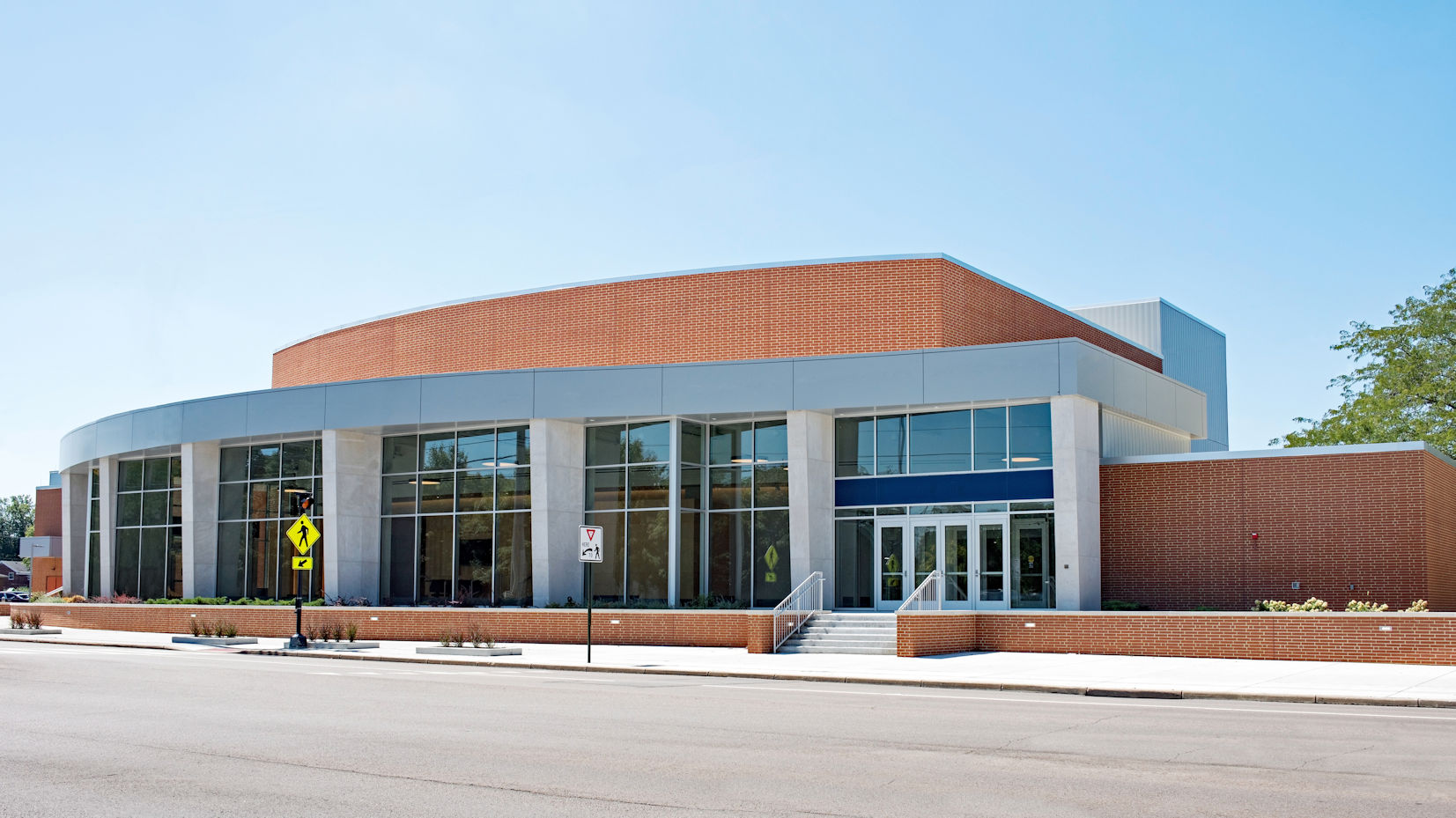 For most school buildings, there are three types of exterior perimeter doors: the main entrance, secondary entrances, and emergency exits. To aid in addressing both safety and security for doors in educational occupancies, here are some of the considerations (codes, PASS guidelines, etc.) related to locks and panic hardware for each of these three types:
For most school buildings, there are three types of exterior perimeter doors: the main entrance, secondary entrances, and emergency exits. To aid in addressing both safety and security for doors in educational occupancies, here are some of the considerations (codes, PASS guidelines, etc.) related to locks and panic hardware for each of these three types:
Main Entrance – At the main entrance of the building, many school districts have incorporated a security vestibule to guide visitors to the office before allowing access to the rest of the school. Although these vestibules are sometimes incorrectly referred to as “man-traps”, they do not trap anyone if designed correctly. The exterior and vestibule doors should be locked on the access side but must allow free egress. This area is typically monitored at all times, with access granted by school personnel – often using an intercom/camera system and electrified hardware. This is a critical point of security, but egress is also important; in an emergency, many building occupants will instinctively head for the door they used to enter.
Secondary Entrance – Other entrances may not be in close proximity to the main office and may not have constant supervision. For example, the staff entrance from the parking lot and the doors used for playground access are often located in more remote areas of the building. These doors should be kept locked to prevent unauthorized access; an access control reader and electrified hardware can increase security by limiting 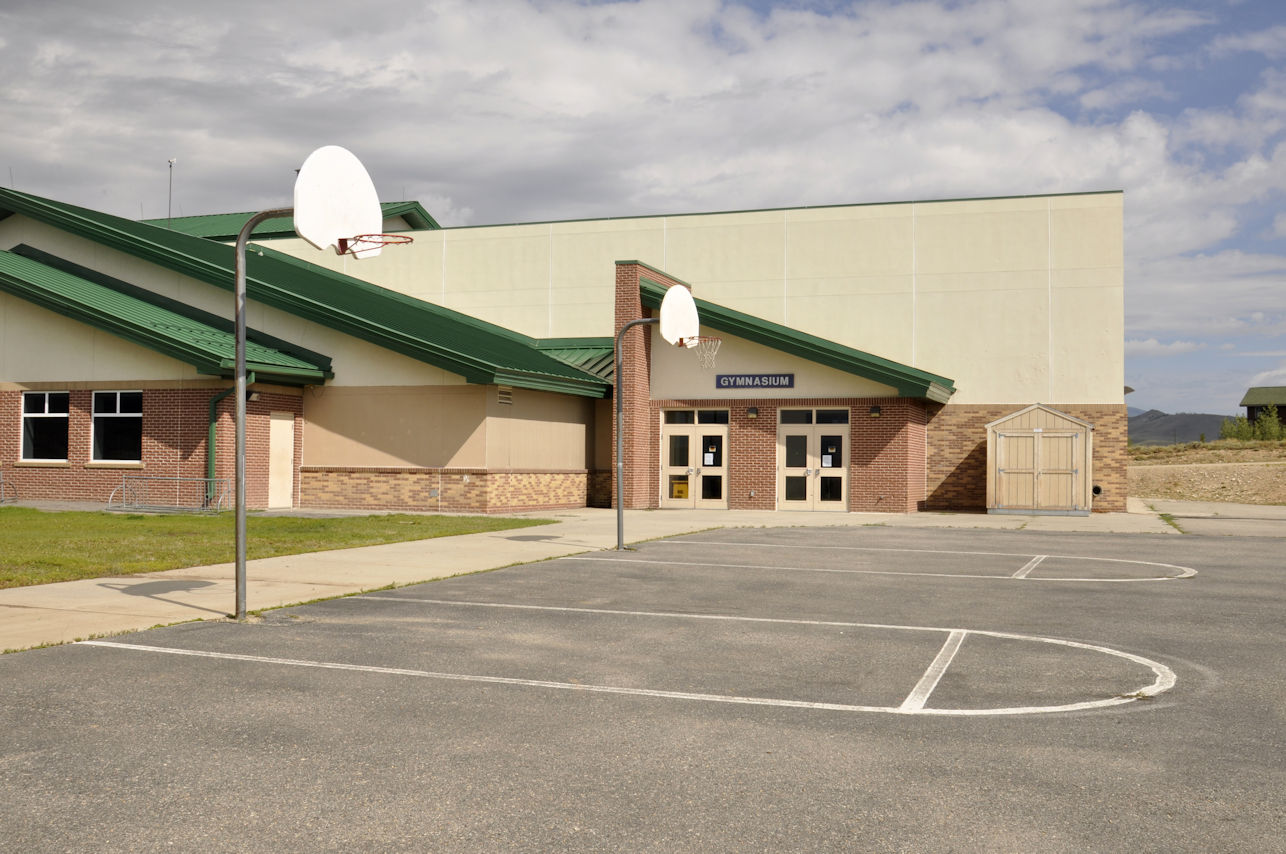 key distribution while providing convenient access without jeopardizing security. These doors should be monitored to ensure that they are closed and latched at all times. Secondary entrances must allow egress if the doors are required exits or are provided for egress purposes.
key distribution while providing convenient access without jeopardizing security. These doors should be monitored to ensure that they are closed and latched at all times. Secondary entrances must allow egress if the doors are required exits or are provided for egress purposes.
Emergency Exit – Some exits are intended only for egress and not for building access; in many cases these doors exit directly from classrooms to the exterior. These doors should not have the ability to be left unlocked on the access side – they should be locked at all times. Emergency exits often have no outside trim, but a key cylinder on the exterior may be helpful to allow access for first responders in an emergency. Where unauthorized egress is a concern, exit alarms or door position and latch monitor switches may be installed to monitor use of the door. Beginning with the 2018 edition of the International Building Code (IBC) and International Fire Code (IFC), delayed egress locks are allowed on classroom doors in educational occupancies, on doors serving classrooms with a calculated occupant load of less than 50 people. Under normal operation, this hardware can deter the use of the door by delaying egress for 15 seconds while sounding a local alarm.
The PASS Guidelines include much more detailed information related to these and other aspects of school safety and security. To download the PASS Guidelines and the PASS School Safety and Security Checklist, visit PassK12.org.
Special Note: Allegion supports PASS’s mission to help protect schools and is a PASS Partner.
Graphic: Partner Alliance for Safer Schools (PASS).
You need to login or register to bookmark/favorite this content.

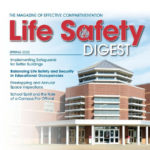
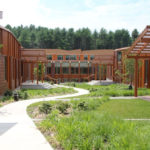

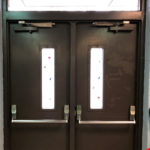




Thanks Lori. Some important basics that every school can achieve to enhance their safety and security.